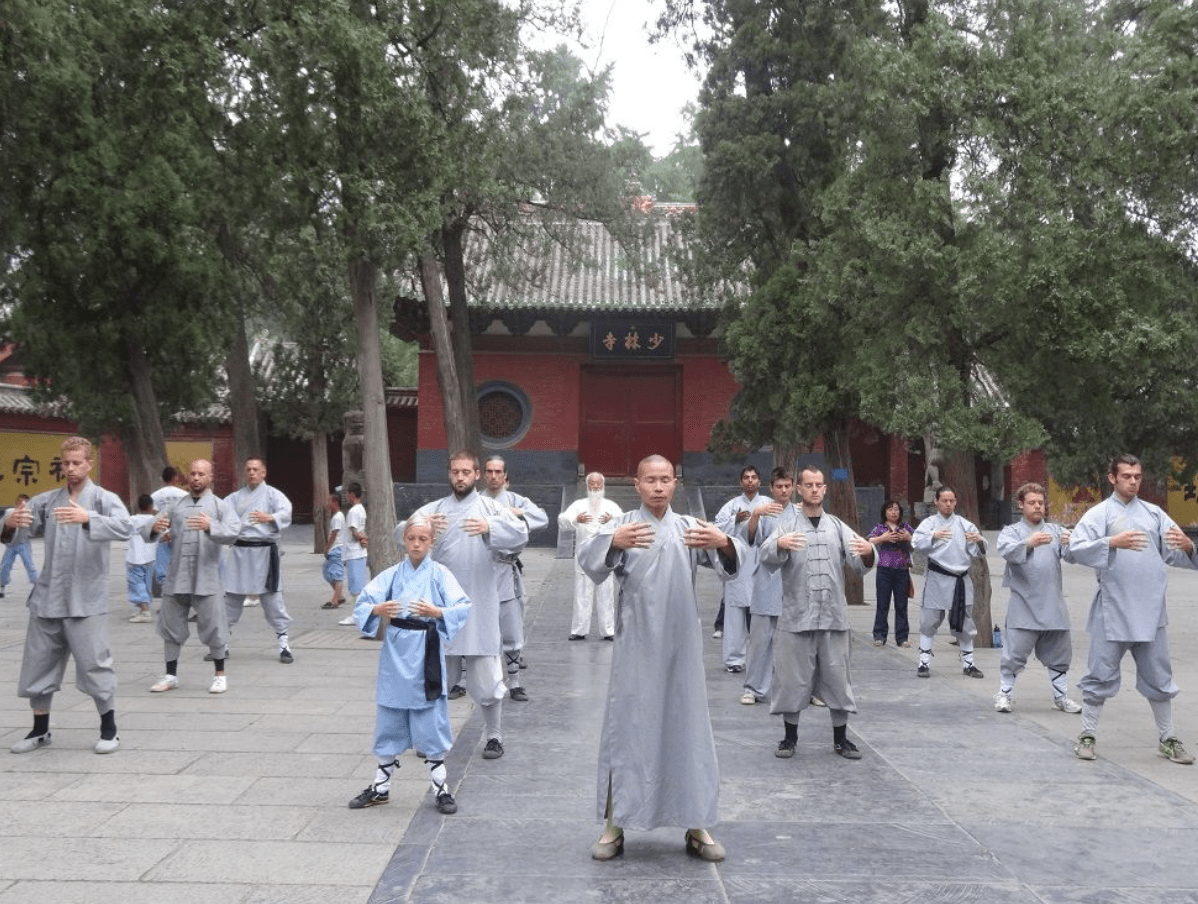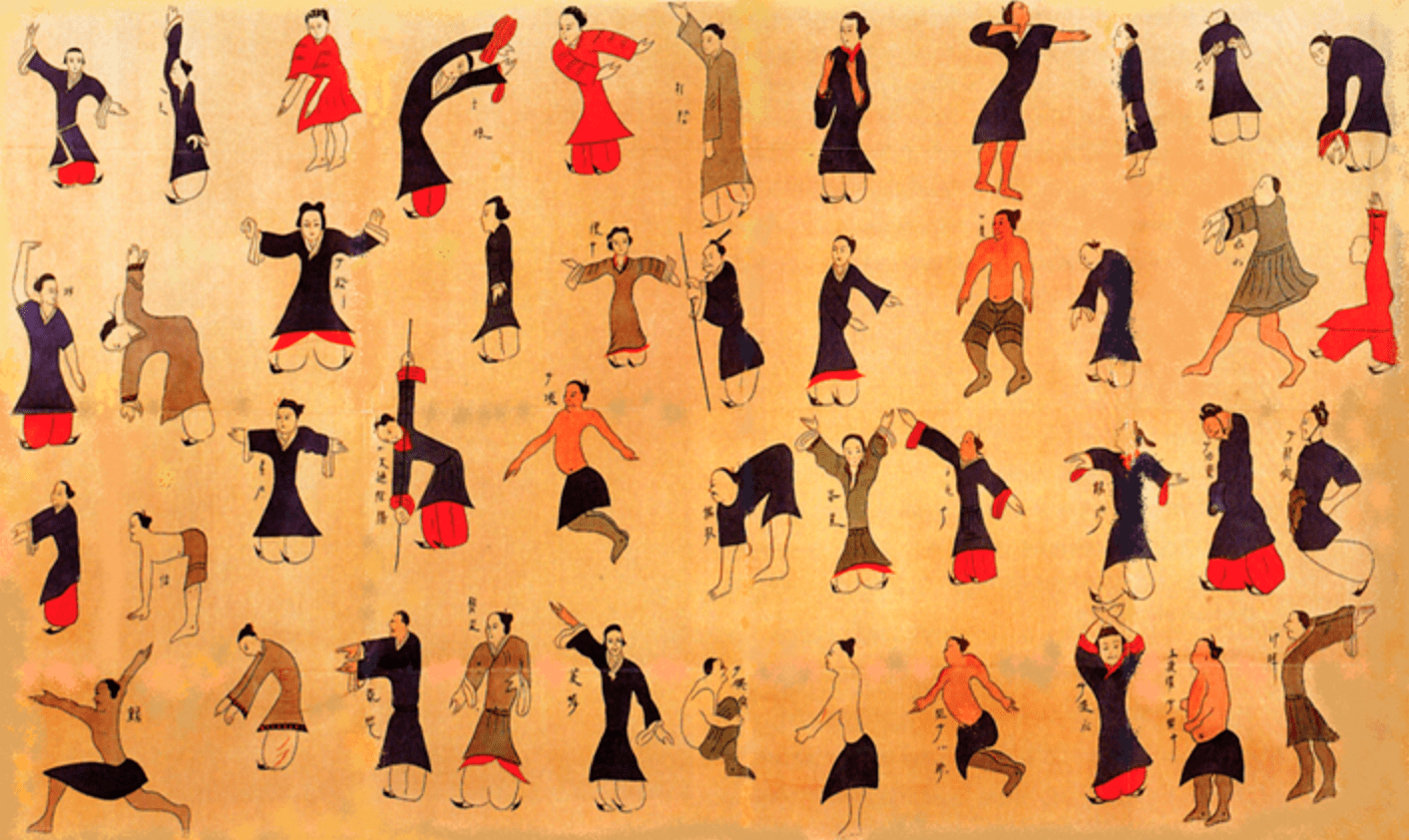
Did you know that over 3,000 types of Qigong exist in the world? Which Qigong lineage is best? What practice is most beneficial to overall health? Which teacher is the most authentic? Which one is right for you? An enormous variety of ancient Qigong forms survive, and contemporary forms are continually being invented to address particular interests. During the Chinese cultural revolution of 1966 – 1976 and other periods of history, Qigong was suppressed, it’s practitioners and masters imprisoned or killed. Yet the sacred lineages survive, handed down in a continuous chain from master to student, going back thousands of years.
Srijana offers 4 classes each week:
- Mondays 5:30-7:00 pm, Qigong
- Wednesdays 5:30 – 7:00 pm, Qigong
- Fridays 9:30 – 10:45 am, Taichi
- Saturdays 9:30 – 10:45 am, Qigong
Srijana teaches Yiquan Qigong in the lineage of Master Lam Kam Chueng in London. “I feel this is the most dynamic, direct, unaltered and un-diluted link to the oldest and purest Qigong system available in the world. There is tremendous healing power in this lineage for physical endurance, muscle tone, circulation, balance, and building Qi in the body.” More information.
Here is a list of some of the major Qigong lineages that currently exist in the world. The Chinese Health Qigong Association recently recognized these Qigong forms:
- Muscle-Tendon Change Classic (Yì Jīn Jīng 易筋經).
- Five Animals (Wu Qin Xi 五禽戲).
- Six Healing Sounds (Liu Zi Jue 六字訣).
- Eight Pieces of Brocade (Ba Duan Jin 八段錦).
- Tai Chi Yang Sheng Zhang (太極養生杖): a tai chi form from the stick tradition.
- Shi Er Duan Jin (十二段錦): seated exercises to strengthen the neck, shoulders, waist, and legs.
- Daoyin Yang Sheng Gong Shi Er Fa (導引養生功十二法): 12 routines from Daoyin tradition of guiding and pulling qi.
- Mawangdui Daoyin (馬王堆導引术): guiding qi along the meridians with synchronous movement and awareness.
- Da Wu (大舞): choreographed exercises to lubricate joints and guide qi.
Other commonly practiced Qigong styles and forms include:
- Soaring Crane Qigong
- Wisdom Healing Qigong
- Pan Gu Mystical Qigong
- Wild Goose (Dayan) Qigong
- Dragon and Tiger Qigong
- Primordial Qigong (Wujigong)
- Zhang Zhuan (Standing Meditation, done in various postures)
- Wu Xing-Five Organs (Tonifying each organ system.)
- 3 Dantians (Swinging movement generated from the three centers of the body.)
- Cloudy Hands (Arms movements which integrate other types of qigong)
- Muscle Tendon Lengthening (The art of stretching)
- Golden Ball (Moving qi around the dantian)
- 8 Extraordinary Meridians (Exploring how qi moves around the surface of the body at the moment of birth)
- Heaven & Earth (Micro/macro cosmic orbit, three dimensional pulsing & elasticity, usually symmetrical movement)
- Spine training (Drawing qi into the spine for healing, power)
- Chan Su Jing, (Silk Spinning –joint releasing & spiraling movements) go
- Immortals Dancing in the Clouds (Includes Bone Marrow Washing, spherical movement)
- Daoyin, An orthodox Daoist Lineage Hermit Practice.
- Hunyuan (Prenatal movement rediscovered with an emphasis on the movement of fluids and the development of the qualities of empty and full. Often asymmetrical.)
- 8 Silken Brocades (8 Sinew lengthening and integrating movements)
- Conditioning Techniques such as Iron shirt, Gold Bell, Iron palm.
- Seated Qigong of various lineages.
- Daoist meditation sometimes called Stillness Qigong.



